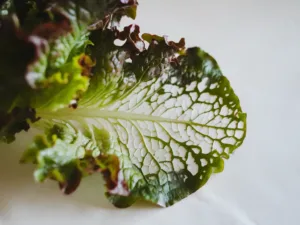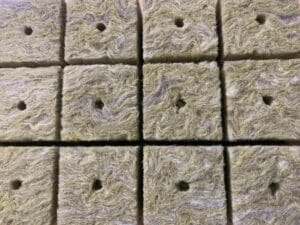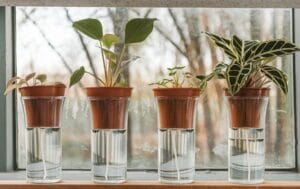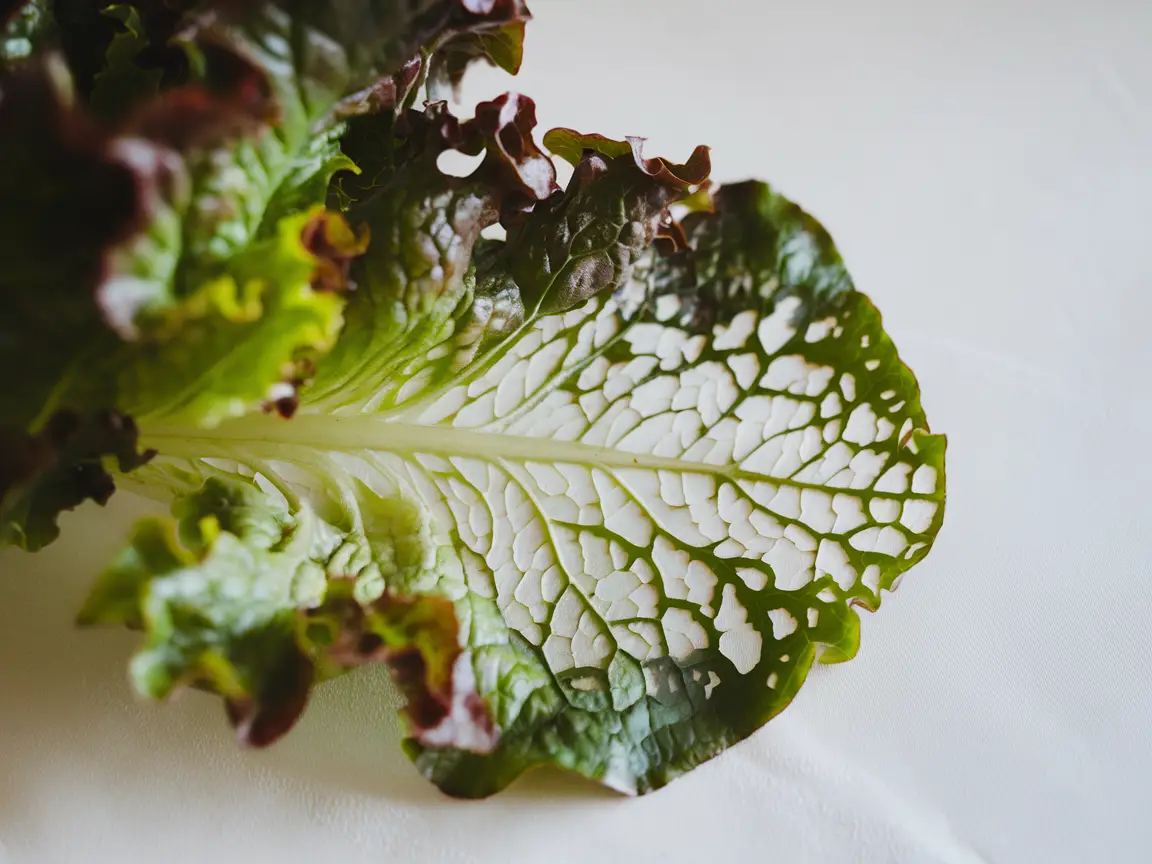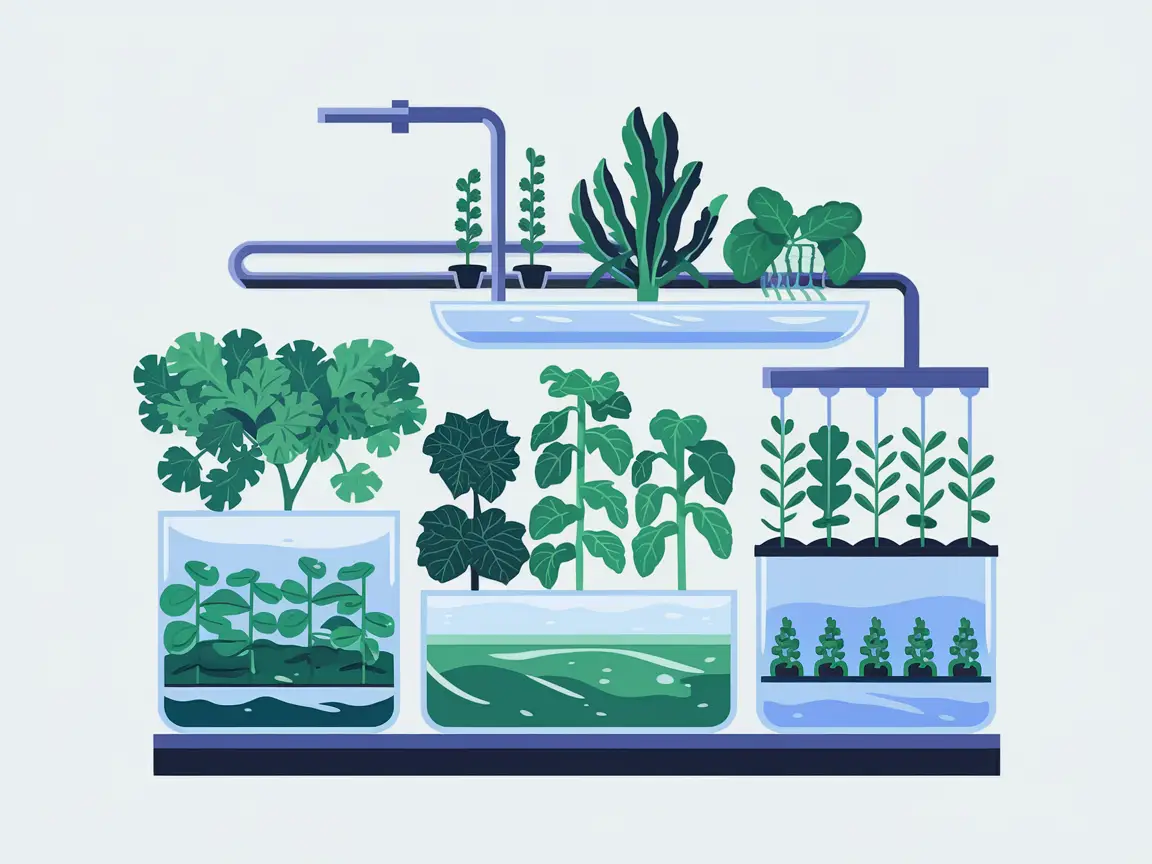Imagine if you could provide your plants with nutrients directly through a recycling system, without needing to water them daily. The Dutch Bucket Method makes this possible and is ideal for large plants such as tomatoes, cucumbers, eggplants, and peppers! 🍅🥒 Let’s explore how this method works and why it’s so effective.
What is the Dutch Bucket Method?
The Dutch Bucket Method is a hydroponic system in which plants grow in individual, specialized containers—known as “Dutch Buckets” or “Bato Buckets.” These modular containers are made of durable plastic and are particularly suitable for larger plants. Each bucket holds about 11 liters and is filled with a hydroponic substrate, like coconut fiber or perlite, to optimally support and aerate the roots.
The plants receive their nutrients through a micro-drip system that utilizes a central nutrient solution. Excess solution is funneled back into the reservoir through a central 50 mm pipe, allowing for recycling. This circulation system keeps your plants continuously supplied—simple yet ingenious! 🌱💧
Setup
The core of the system is the Dutch Buckets themselves. Each bucket has a drainpipe at the bottom to let excess nutrients flow out. A pump draws fresh nutrients from the reservoir to the buckets, ensuring that plants are always adequately supplied. The watering intervals are controlled by a timer, and the solution can also be enriched with oxygen to promote growth.
The design of the Bato Buckets makes them highly efficient: the internal drainage bends direct the solution back to the collection pipe and finally into the reservoir. This keeps the system in constant operation, allowing for a perfect balance between nutrient absorption and aeration. This method is especially versatile—you can use it indoors or outdoors and arrange the buckets to make optimal use of space.
Advantages
The Dutch Bucket Method offers several benefits, particularly for larger plants:
- Optimal Nutrient Supply: Plant roots receive nutrients directly and continuously, supporting robust growth.
- Water Efficiency: Since the nutrient solution flows back into the reservoir, no water is wasted.
- Flexibility and Expandability: You can add more buckets and adjust the system for different plant types.
- Suitable for Indoor and Outdoor Use: Bato Buckets work well in greenhouses as well as on balconies or terraces.
Disadvantages
Of course, the Dutch Bucket Method also has some drawbacks:
- Reliance on Electricity: Without power, the pump won’t work, which can be problematic during an outage.
- More Space Required: Larger plants need more room, so this method takes up more space than other hydroponic systems.
- Regular Maintenance: Clogs and deposits can occur, which require regular cleaning to keep the system running smoothly.
Building Your Own Dutch Bucket System
Required Materials
- Dutch Buckets: Modular containers with a drainpipe that can be flexibly expanded.
- Pump: Moves the nutrient solution to the buckets.
- Reservoir: Holds the central nutrient solution and should ideally be covered to prevent algae growth.
- Hoses: Connect the buckets to the central drainage pipe and the reservoir.
- Micro-Drip System: For uniform watering and nutrient delivery.
Assembly Instructions
- Prepare the Reservoir: Place the reservoir in an easily accessible location.
- Place the Buckets: Arrange the buckets in a row or staggered, so they connect via the central drainage pipe.
- Install the Micro-Drip System: Connect the micro-drip system to the buckets to ensure even watering.
- Add Nutrient Solution: Fill the reservoir with the prepared nutrient solution.
- Test the System: Turn on the pump and check that the solution flows evenly through the buckets and back to the reservoir.
Care and Maintenance
Regular maintenance is essential to ensure healthy plant growth:
- Monitor the Nutrient Solution: Check pH levels and nutrient concentration weekly.
- Clean Hoses and Buckets: Inspect every two to three weeks for buildup and clogs.
- Prevent Algae Growth: Use an opaque reservoir and maintain cleanliness to prevent algae growth.
Common Problems and Solutions
Here are some common issues and how to resolve them:
- Clogs: Regularly inspect the hoses and clean the drainage pipes.
- Algae Growth: A dark-colored reservoir helps to prevent algae growth.
- Nutrient Deficiency: Monitor for growth changes and check the nutrient solution. Adjust nutrient levels if symptoms like yellowing leaves appear.
Frequently Asked Questions
Here you’ll find answers to common questions about the Dutch Bucket Method:
Can I use Dutch Buckets outdoors?
Yes, the Dutch Bucket Method works very well outdoors, such as on balconies or in gardens. Be sure to protect the nutrient solution from extreme temperatures, and if needed, shield the system from direct sunlight or heavy rain. A cover or a simple greenhouse can help operate the system at its best.
What plants are best suited for the Dutch Bucket Method?
The Dutch Bucket Method is ideal for larger plants such as tomatoes, peppers, cucumbers, or eggplants that require ample root space. Smaller plants with fine root systems, like herbs or lettuce, might benefit more from other hydroponic systems.
What happens during a power outage?
Since the Dutch Bucket Method relies on a pump, a power outage can disrupt the nutrient supply. However, you can keep a backup like a battery-powered pump or a small generator on hand to protect your plants during an outage. Regularly inspect the system and plan for these situations.
How often should I change the nutrient solution?
It’s recommended to replace the nutrient solution every two to three weeks to ensure plants have access to fresh and balanced nutrients. Regularly check the pH level and nutrient concentration to maintain optimal growth conditions.
Can I build the Dutch Buckets myself?
Absolutely! Dutch Buckets can easily be made from sturdy buckets and drainpipes. With a few DIY adjustments, you can create a customized system that suits your needs and available space.


